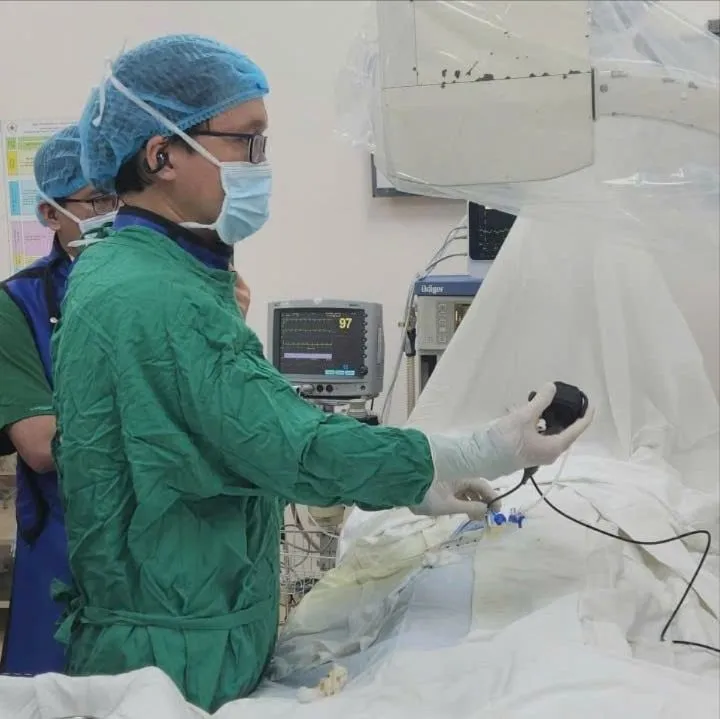
The patient was admitted to the hospital with biliary obstruction due to stones in the neck of the gallbladder, compressing the common hepatic duct and common bile duct. This is a dangerous complication, if not treated promptly, it can lead to biliary tract infection, acute pancreatitis or liver failure. In such cases, the common treatment method today is still cholecystectomy (open surgery or laparoscopic surgery).
However, because the patient had many underlying diseases and was in poor health, surgery became too risky. Doctors at the General Surgery Department chose the percutaneous transhepatic cholelithotomy technique - a minimally invasive method, performed through the skin, using specialized equipment that passes through the liver to access the gallbladder and crush the stones.
The entire intervention process is guided by images (ultrasound, C-Arm, DSA...) to ensure accuracy and safety. The advantages of this technique are that it does not require general anesthesia, is less painful, has a quick recovery time, and helps the patient retain the gallbladder - an organ that still has digestive function.
After the intervention, the patient recovered well and was discharged after only 1 day - a very rare occurrence in previous cases of biliary obstruction due to stones.
Successful emergency treatment of dangerous ovarian teratoma rupture
On the same day, People's Hospital 115 also announced that it had successfully performed emergency surgery on patient NTKC (47 years old, living in Long An ) with a ruptured ovarian teratoma accompanied by peritonitis - a dangerous complication that can lead to sepsis.
The patient was admitted to the hospital with severe abdominal pain, abdominal distension, mild fever and general fatigue. Imaging showed that the right ovarian tumor, approximately 15cm in size, had ruptured, and there was pus in the abdominal cavity mixed with hair and teeth - typical of a teratoma. In addition, the doctor also discovered another tumor in the left ovary (7cm in size).
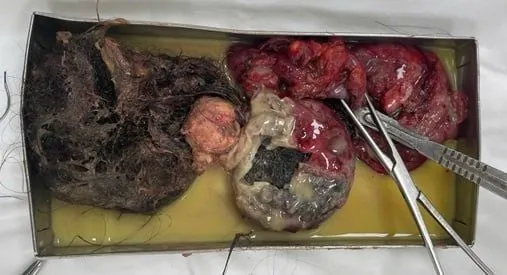
The surgical team removed the right ovary and the ruptured tumor, while separating and preserving the left ovary to retain the patient's reproductive function. After surgery, the patient recovered well and was discharged after 5 days.
Source: https://www.sggp.org.vn/benh-vien-nhan-dan-115-lan-dau-tan-soi-tui-mat-xuyen-gan-qua-da-post807279.html





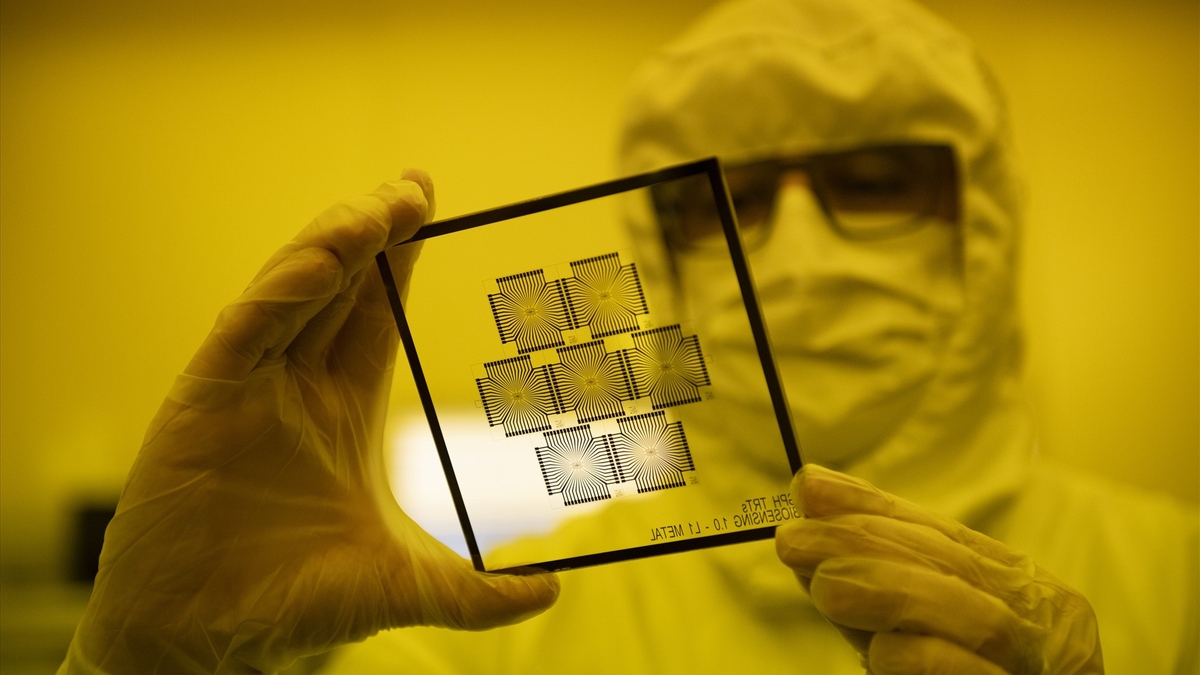


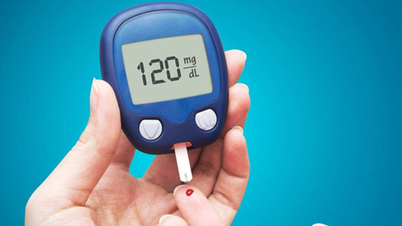





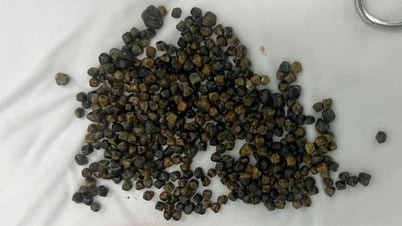


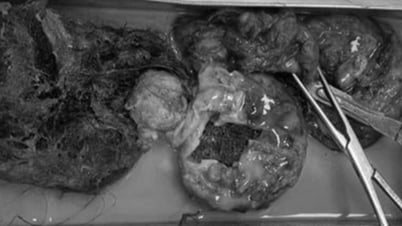







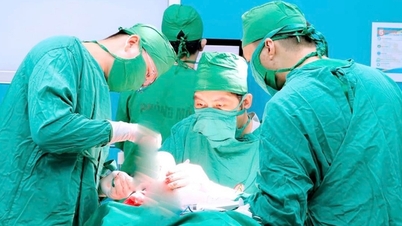






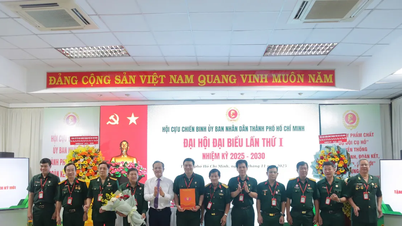




![[Photo] Da Nang: Hundreds of people join hands to clean up a vital tourist route after storm No. 13](https://vphoto.vietnam.vn/thumb/1200x675/vietnam/resource/IMAGE/2025/11/07/1762491638903_image-3-1353-jpg.webp)


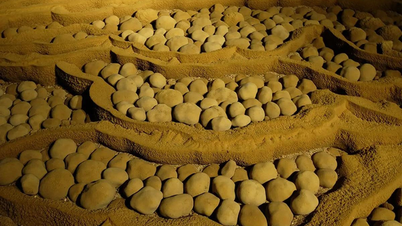





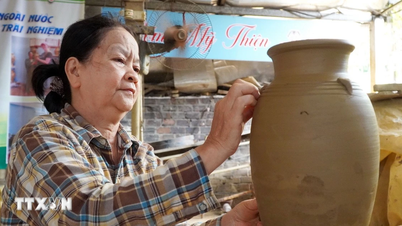
























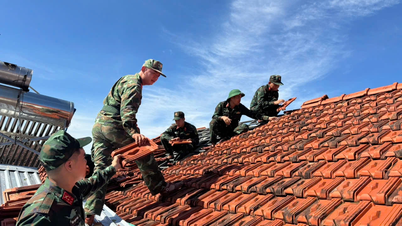










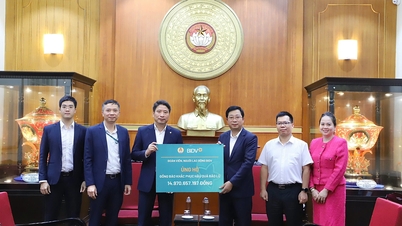




























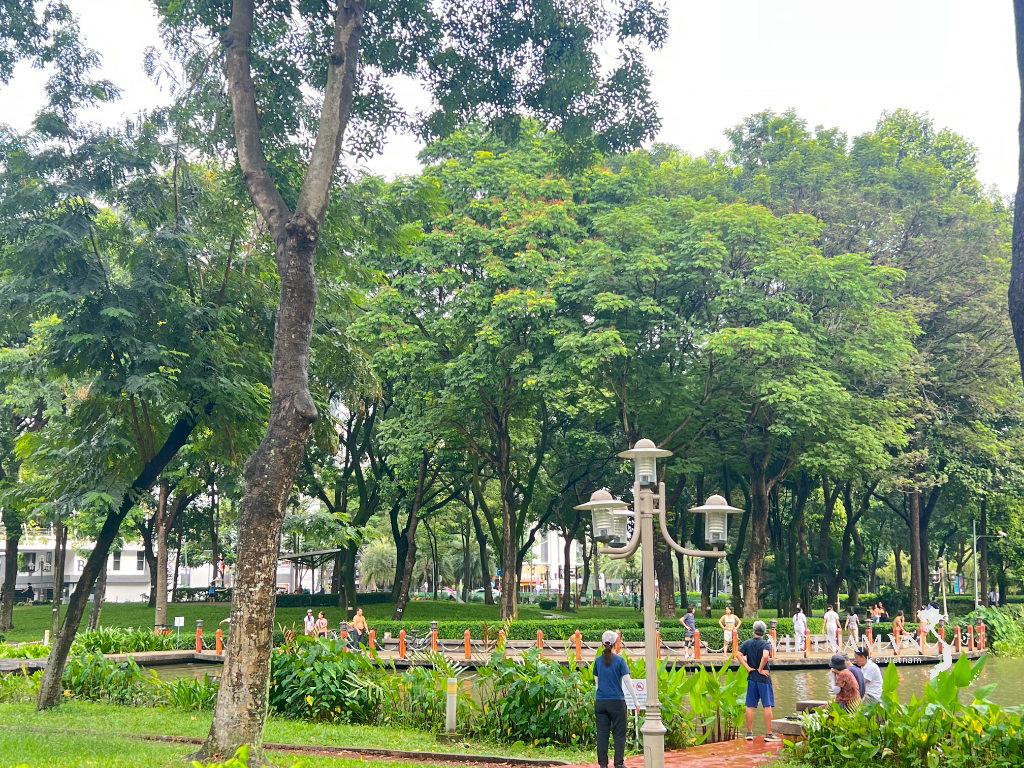
Comment (0)